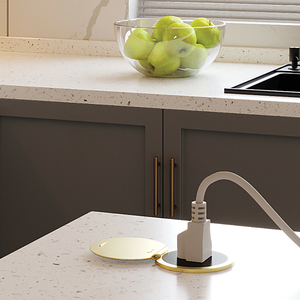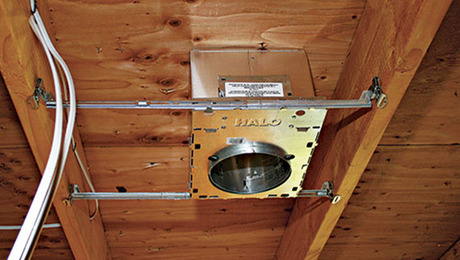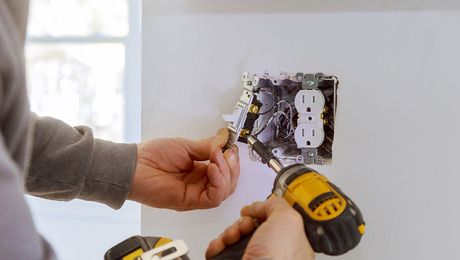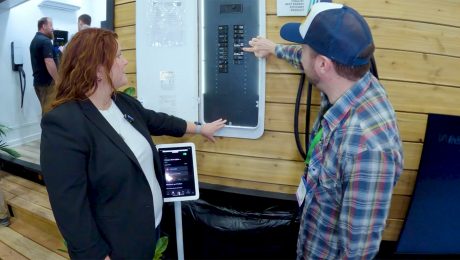Video Series: Electrical Retrofit With Surface-Mounted Conduit
Electrical metallic tubing provides an easy way to add boxes without opening walls.
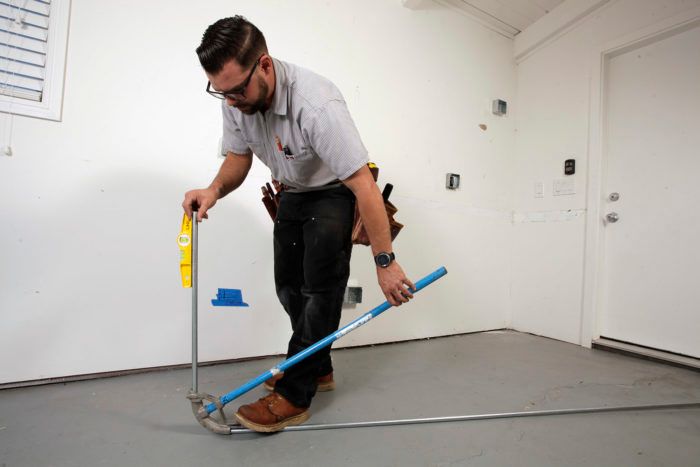
If you want to add some electrical boxes to a garage or workshop, but don’t want to open up walls, Electrical Metallic Tubing, or EMT, could be what you’re looking for.
Made of malleable steel or aluminum, EMT is a relatively inexpensive type of conduit that’s easy to work with, allowing you to easily expand off of electrical circuits that are already in the walls.
California electrician CJ Nielsen wrote about the process of working with EMT for a feature article in FHB #273, and has some helpful tips that go into a clean EMT installation: turning off electrical circuits and adapting old wiring; the process of laying out surface-mount boxes and conduit bends; bending and mounting conduit; and then running wires and attaching devices.
EMT typically comes in 10-ft. lengths, and connects to surface-mounted extension rings and boxes with fittings, a little like plumbing, but far easier. The fittings come in two basic varieties: set screw and compression. Set-screw fittings are less expensive, and can only be used in areas where there’s no risk of them getting wet. Compression fittings can be used anywhere, but are required outdoors and in areas where water might be a problem.
Once the conduit is installed, running wires between boxes can be as easy as pushing the wires from one box to another. For longer conduit runs, this task is made easier by use of a fish tape—a flexible tool designed to pull wires between boxes.
Generally speaking, the tools required to work with smaller-diameter EMT conduit (up to 1-1/4 in.) are relatively inexpensive and easy to find. EMT benders, which are used to make precise bends to route the conduit around and over obstacles and to boxes of different heights, start at about $30. For many installations in residential applications, you can skip bending altogether by using fittings with the bends already made for you.
To see CJ’s process from start to finish, check out these four videos, which take you from turning off electrical circuits through the process of laying out conduit bends, to bending and mounting conduit, to running wires and attaching devices. And for even more information, check out his feature article, Crash Course in Conduit, in FHB #273.


